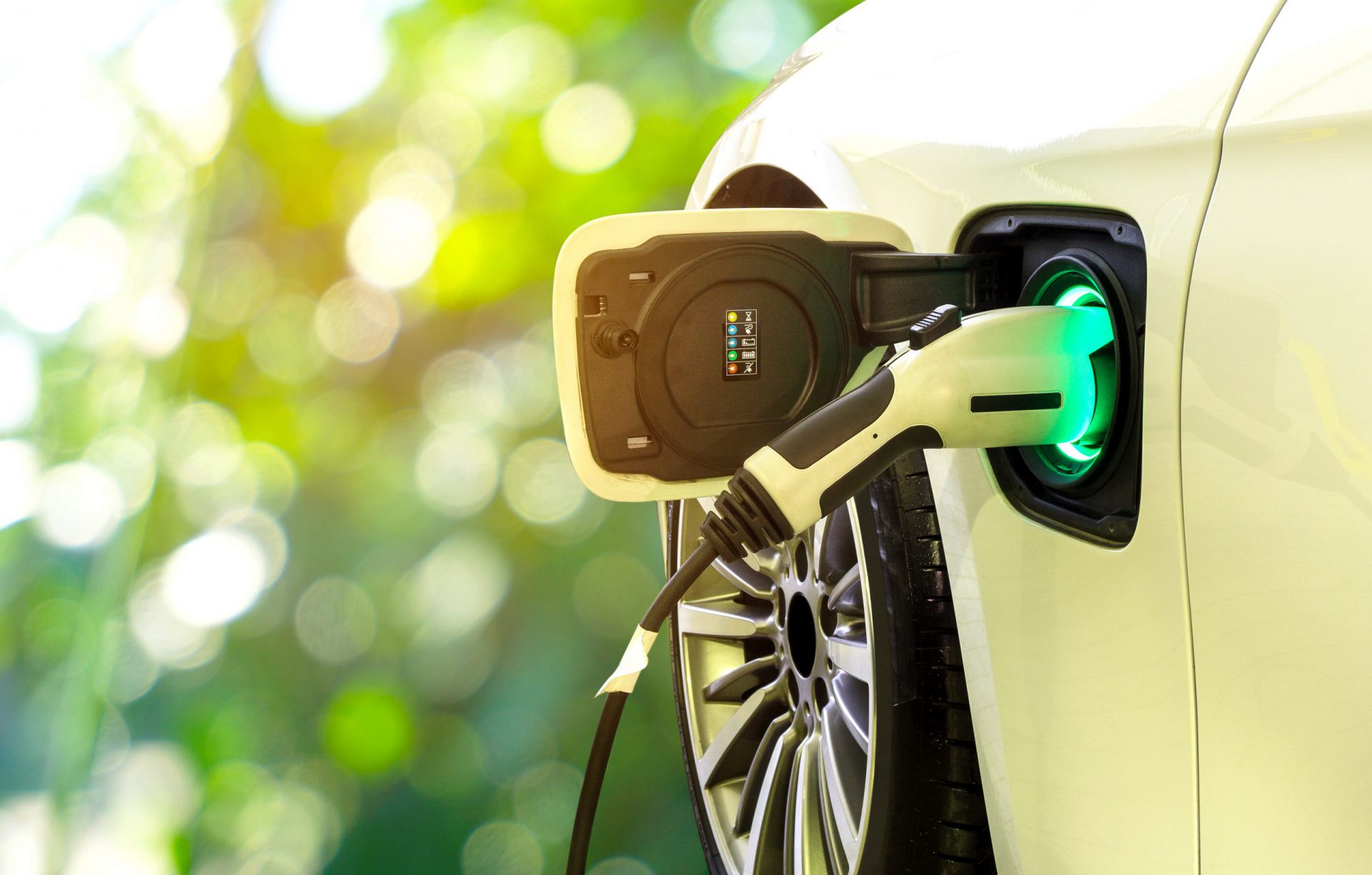
Have you thought about buying a fully electric vehicle recently? Do these vehicles even contribute to sustainability? Many people still have concerns about them. There are many fears, concerns and myths surrounding this topic. They include the price of the car, charging times, charging points, and how green they are.
Fully electric cars are often expensive, and much of that has to do with the price of the battery itself, which makes up a significant proportion of the cost of an electric vehicle. But battery prices are expected to fall, so the price of a new car should fall significantly over the next few years.
So, are these valid concerns? Let’s get to the bottom of the five most common ones.
Ready for some surprising facts?
Concern number one: Electric Vehicles are too expensive.
The fact is: An electric vehicle might be more expensive than its non-electric equivalent. But: You can make up for that in the long run if you consider the total cost of ownership. By the way: With the cost calculator, you can put this to the test even before making the switch.
Concern number two: The driving range of electric vehicles is too limited.
Let’s get some Electrical Vans facts. The eSprinter manages up to 168 km while the eVito needs a fuel-up only after up to 184 km. The eVito Tourer even manages a max. of 421 km. A range that fits the needs of many delivery companies in urban and suburban areas. Just consider how far you drive every day and how you drive. You will rarely drain the battery in one go, right? Instead, your electric van has resting breaks in between. These breaks you can use to charge it – without even being present casually. And it gets even better, as your driving style has an impact on the range. In this way, you can save energy while you’re driving.
The magic word is recuperation. Or energy recovery.
Concern number three: Charging is a significant problem
Well, just think how much time your electric vehicle spends parking somewhere, especially overnight – up to 10, 15 or maybe 20 hours a day? Plenty of time for recharging! You can do it at your job site, at public charging stations, parking lots, airports, hotels, shopping malls or at your own wall box at home. Businesses using an electric fleet can even coordinate the charging of their vehicles to save valuable time and money. So, there is hardly any risk of running out of juice. And when you do need a public charging station… there are plenty of them and more popping up every day.
Concern number four: E-Mobility isn’t sustainable
It’s true: When you charge your electric vehicle with a power mix that only partly consists of renewable energy, your electric vehicle will be “only” partly sustainable. But as renewable energies are on the advance, they become greener day by day.
What about battery production which is highly CO2 consuming?
Electric vans can make up for that over their lifespan. Since they do not produce any tailpipe emissions, they will reduce their CO2 footprint with every kilometer on the road and therefore, locally, they are emission-free. Mercedes-Benz also makes a point of re-using batteries, giving them a second life as stationary power storages. And once there really is no power left – they get recycled and the whole life-circle starts all over again.
Concern number five: – Electric Vehicles aren’t safe
Actually, they are. Since energy only starts flowing when the plug and socket are fully connected, you can stay calm when charging your electric vehicle – even if it rains.
Thanks to the metal around the vehicle, everyone on the inside will be safe and sound.
A robust case makes the batteries as crash-safe as they can possibly be.
So, what do you think? Surprised?
Don’t worry; there are more EV facts coming that you will indeed find interesting. Check our LinkedIN to keep updated!


